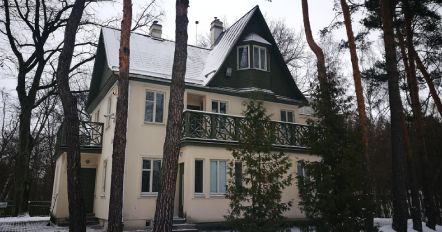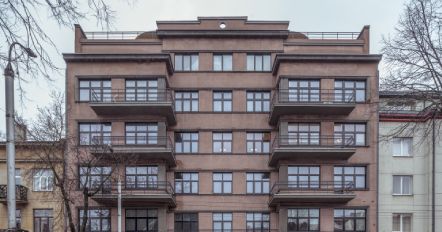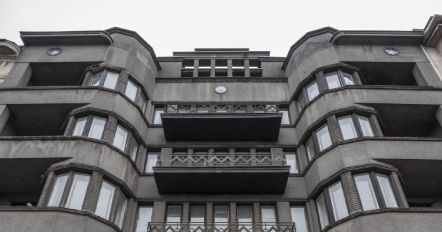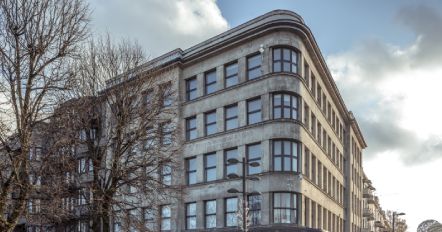Location
2019 January 31
The house of Janulaičiai family was built in 1932, it was designed by a famous modernist architect of Lithuania Arnas Funkas. Augustinas Janulaitis was a public figure, professor, lawyer, historian, a member of the Lithuanian Academy of Sciences, publicist and translator.
2019 January 31
This house of Juozas and Stasė Gruodžiai was designed by Feliksas Vizbaras and built in 1932. It stands in the spacious and lush green natural abode, next to the Neris River. Composer J. Gruodis lived in this house from when he first moved in, in 1932, until his death in 1948. Together with his wife Stasė, they turned the house into their little paradise.
2019 January 31
The museum located in the house of the Lithuanian opera singer Kipras Petrauskas and his brother composer and singer Mikas Petrauskas, invites you to get acquainted with the legendary personalities of Kaunas, to look at their lives and work and also touch upon the history of Lithuanian professional music.
2019 January 30
Salomėja Nėris Memorial Museum keeps poet‘s S. Nėris and his husband (who was the sculptor) creative and memorial heritage. In four memorial rooms was restored interior of 20th century’s 4th decade.
2019 January 29
The house of Linartai family. Now owned by Kaunas Municipal Vincas Kudirka Public Library.
2019 January 9
The idea of building a sanctuary, as a way to thank God for the resurrection of the Lithuanian nation, arose back in 1922. But the process, which required a lot of discussions and political debates on the appearance of the building and the construction site, took a long time. At last, the vision of a monument that would symbolize both the struggle and the rebirth of an entire nation, began to turn into reality.
2019 January 9
The largest private house of the interwar period – and without a doubt, the most modern – belonged to Jonas Lapėnas, businessman and CEO of "Maistas", the largest food processing company in Lithuania, which enjoyed an export monopoly of processed meat products.
2019 January 9
As Lithuania's industry and economy grew, its new (although, it was hoped, temporary) capital – Kaunas – witnessed a construction boom on a gigantic scale. Under the influence of western lifestyle and values, architecture quickly became one of the main expressions of modernity, as every institution looked the building that was housing its offices as a real-life ad for its brand. Pictures of buildings were widely published in the press, displayed on packaging, and even printed on official documents.
2019 January 9
An example of beauty revealed in simplicity, this piece of architecture earned a bronze medal and honorary diploma in a 1937 world exhibition held in Paris and called Exposition International des Arts et des Techniques. The road towards simplicity led through painstaking searches reflected in a multitude of architectural sketches before the gates were opened by constructions of reinforced concrete frames. The harmony of horizontal and vertical elements, the rhythm of details, and the flawless proportions created a laconic image whose effect is enhanced by an arching corner facade with curved windows and illuminated glass rooflet separating the first storey, with walls of black labradorite, devoted to stores and disvided by shopwindows. The building is multifunctional. In addition to the shops and administrative offices of Pienocentras, the building also housed Kaunas`s famous Muralio hair salon for women and men. The fourth and fifth stories had apartments for employees.









